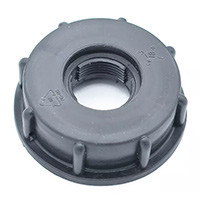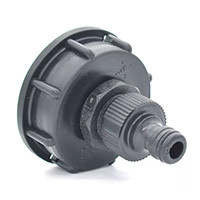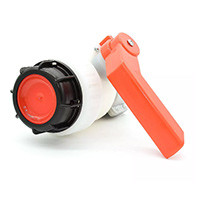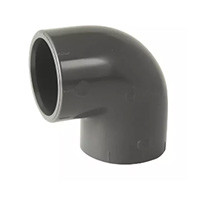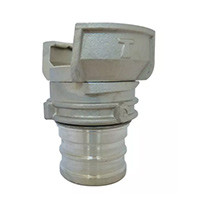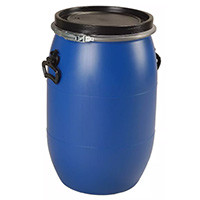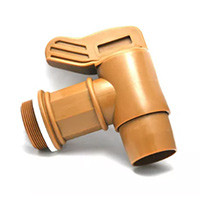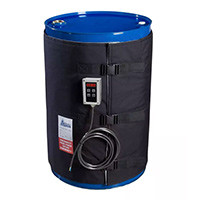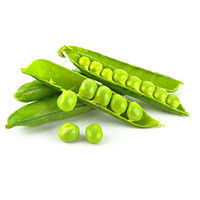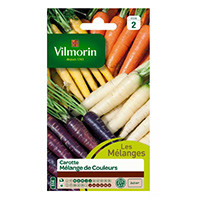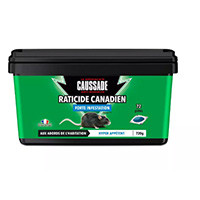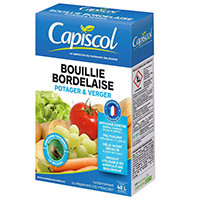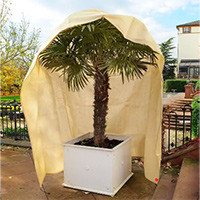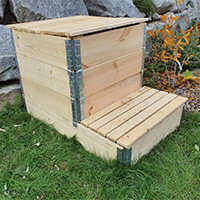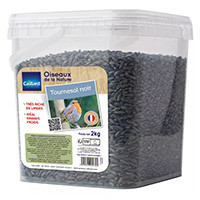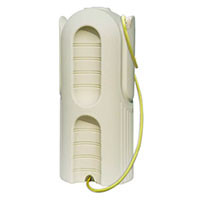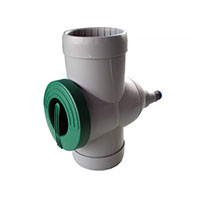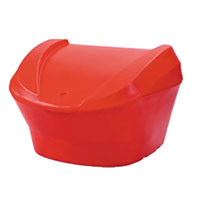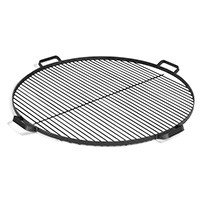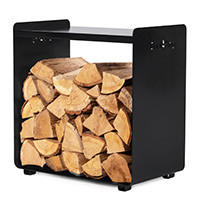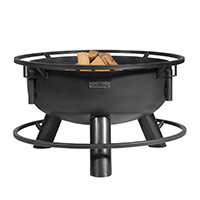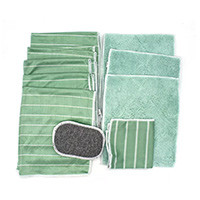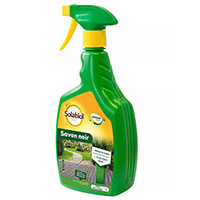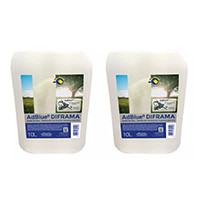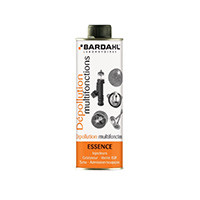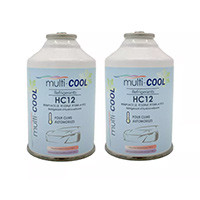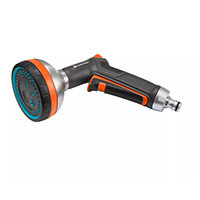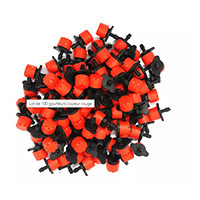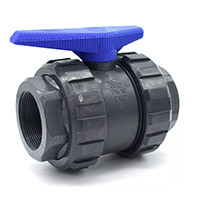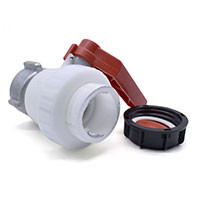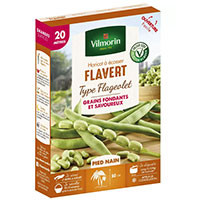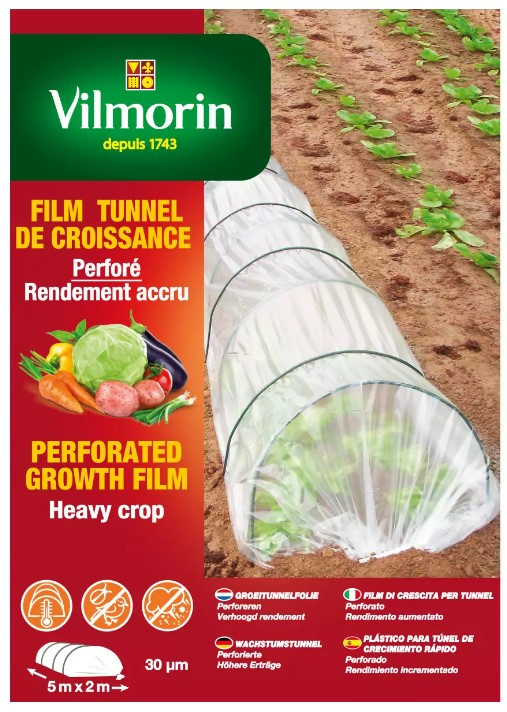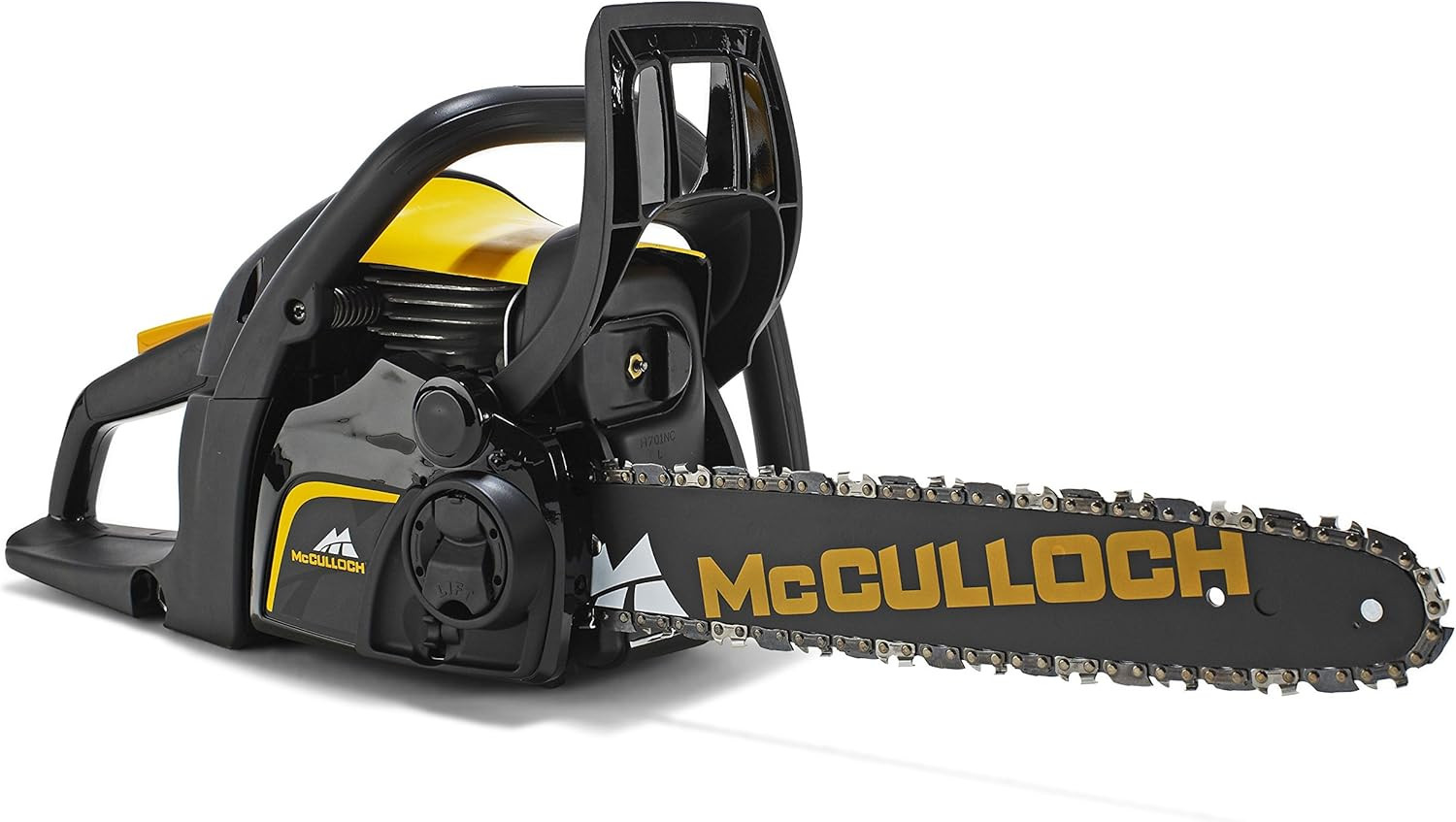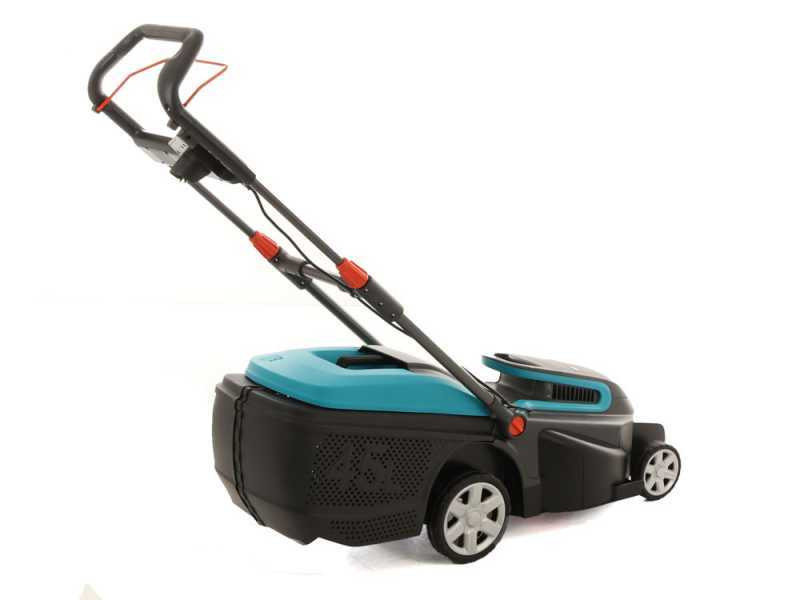Tomato cultivation is a popular activity for both amateur and professional gardeners. Tomatoes are rich in flavor and are very useful in many dishes. However, it can be difficult to grow tomatoes that are healthy, productive and delicious. Fortunately, by following a few simple tips and implementing proper techniques, you can grow top-quality tomatoes in your garden or on your balcony.
Tips for growing tomatoes:
Choose a variety that is suitable for your region and climate: Make sure you choose a tomato variety that is suitable for your region and climate, as this can influence the success of your crop.
- Choose the right location: Tomatoes require a lot of sunlight to develop properly, so it's important to plant them in a sunny, well-exposed location. Tomatoes also need well-drained soil, so it is better to plant them in a place where water does not stagnate.
Avoid growing tomatoes near plants belonging to the nightshade family (potatoes, eggplants, etc.): Tomatoes can easily be contaminated by diseases that affect these other plants.
Use good potting soil: To grow healthy, productive tomatoes, it's important to use good potting soil. Tomatoes love fertile and well-fertilized soil, so it is advisable to add compost or other organic fertilizer to your soil before planting.
Water properly: Tomatoes need a lot of water to grow properly. It is important to water them regularly to keep the soil moist, but without excess water, as too wet soil can lead to root rot problems.
Avoid watering the foliage: Avoid watering the foliage of your tomatoes as this can lead to mold and fungal disease problems. Instead, water the soil around the tomato seedlings.
Mulch the soil: Mulching the soil around your tomatoes can help retain moisture, control weeds, and regulate soil temperature.
Prune your plants: Regularly prune the leaves and dead branches of your tomato plants to help them focus on fruit production rather than excessive vegetation growth.
Fertilize regularly: Tomatoes need nutrients to thrive. Use a fertilizer specially designed for tomatoes or homemade compost to regularly fertilize plants.
Watch for diseases and pests: Tomatoes can be prone to many diseases and pests. Monitor your plants regularly and promptly treat any problems to avoid serious damage.
Cultivation techniques:
Seedlings or seedlings: Tomatoes can be grown from store-bought seedlings or seedlings. Seedlings can be carried out at home from January or February and seedlings can be transplanted outdoors from late March to early April.
Growing indoors: If you want to grow tomatoes indoors, you will need to provide additional lighting with fluorescent or LED lights to simulate sunlight. It is also important to control temperature and humidity so that plants can develop properly.
Tutoring: Tomatoes may need support to prevent them from collapsing under the weight of their fruit. There are several options for tutoring, including the use of wooden or bamboo stakes, twisted steel , wires, or cages.
Pruning: Pruning the dead leaves and branches of your tomato plants can help them focus on fruit production. Branches that grow from the ground can also be pruned to improve air circulation and prevent disease.
Sowing date:
Tomato seedlings can be carried out at home from January or February, using pots or seedling boxes. Seedlings can be transplanted outdoors from late March to early April, when the risk of frost is low.
Harvest date:
The harvest date of tomatoes depends on the variety you grow and the region in which you live. In general, tomatoes are ready for harvest between 60 and 90 days after planting. Tomatoes must be ripe and firm, with a beautiful bright red color, to be harvested.
Tomato varieties:

There are many varieties of tomatoes, each with its own characteristics and uses. Here is a non-exhaustive list of some of the most common varieties:
Cherry tomatoes: small and sweet, ideal for salads and snacks. There are many varieties of cherry tomatoes, such as Sweetbaby, Sungold and Cherry Belle.
Roma tomatoes: flattened, not very juicy, often used for cooking and processing into sauces and concentrates. Popular varieties include San Marzano, Amish Paste, and Roma VF.
Beefsteak tomatoes: large and juicy, ideal for sandwiches and salads. Some of the most common varieties are Brandywine, Green Zebra and Beefmaster.
San Marzano tomatoes: elongated, not very juicy, popular for Italian cuisine. They are often used to make sauces for pizza and pasta.
Yellow tomatoes: yellow, sweet and low acid, often used in salads and for tomato cocktails. Some of the most common varieties are Flame Yellow, Golden Jubilee and Lemon Boy.
Green tomatoes: ripe greens, with a stronger, pungent flavor, often used for sauces and salsas. Some of the most popular varieties are Green Grape, Green Zebra and Tomatillo.
Cluster tomatoes: small and sweet, often used for salads and snacks. Common varieties include Sweet Million, Sun Sugar and Tiny Tim.
Black tomatoes: uncommon, with a milder flavor and firmer texture than other varieties. Some of the most popular varieties are Black Krim, Black Prince and Indigo Rose.
Heirloom tomatoes: old and rare varieties, often with a more intense and complex flavor than modern varieties. Some of the most common varieties are Brandywine, Green Zebra and Aunt Ruby's German Green.
Growing tomatoes can be a challenge, but by following these tips and implementing the right techniques, you can grow healthy, productive and delicious tomatoes. Remember that every garden is unique and conditions can vary, so it's important to adapt to the needs of your garden and tomato plants for the best results.

